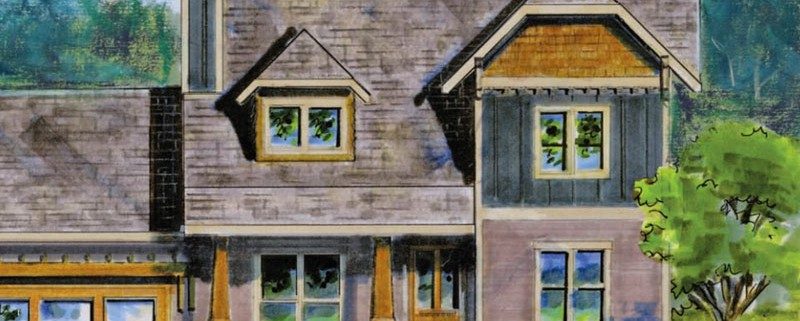Greencraft is “Gold” Craftsman Award winner at the 2011 Asheville Parade of Homes
Greencraft is committed to serving the Asheville Community as a sustainable builder. We are locally owned and operated and excited to be a part of the thriving local green building community. James Bound is President and General Contractor of Greencraft. He currently serves as Vice President of the Asheville Home Builders Association and is an active member of the Western North Carolina Green Building Council. James holds an Environmental Studies Degree from the University of Oregon. His passion for building, and the environment, continually motivates him to raise the level of workmanship and the sustainability of the building craft. Greencraft was also the winner of a Gold Level Craftsman Award and the 2010 Trend Award.


